Understanding Customer Experience Management Definition in 2025
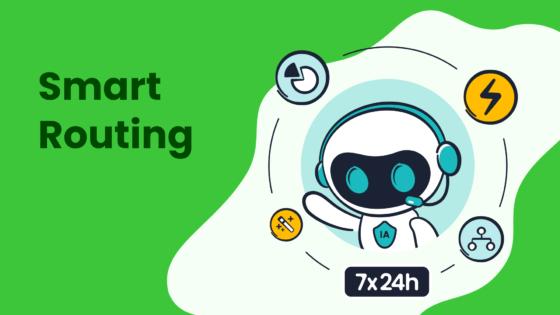
Customer experience management definition in 2025 centers on tracking, analyzing, controlling, and improving every interaction you have with customers. You need to understand customer needs and collect behavioral data to refine each touchpoint. Today, customer experience shapes your business success. The statistics below show how much customers value service and quick responses.
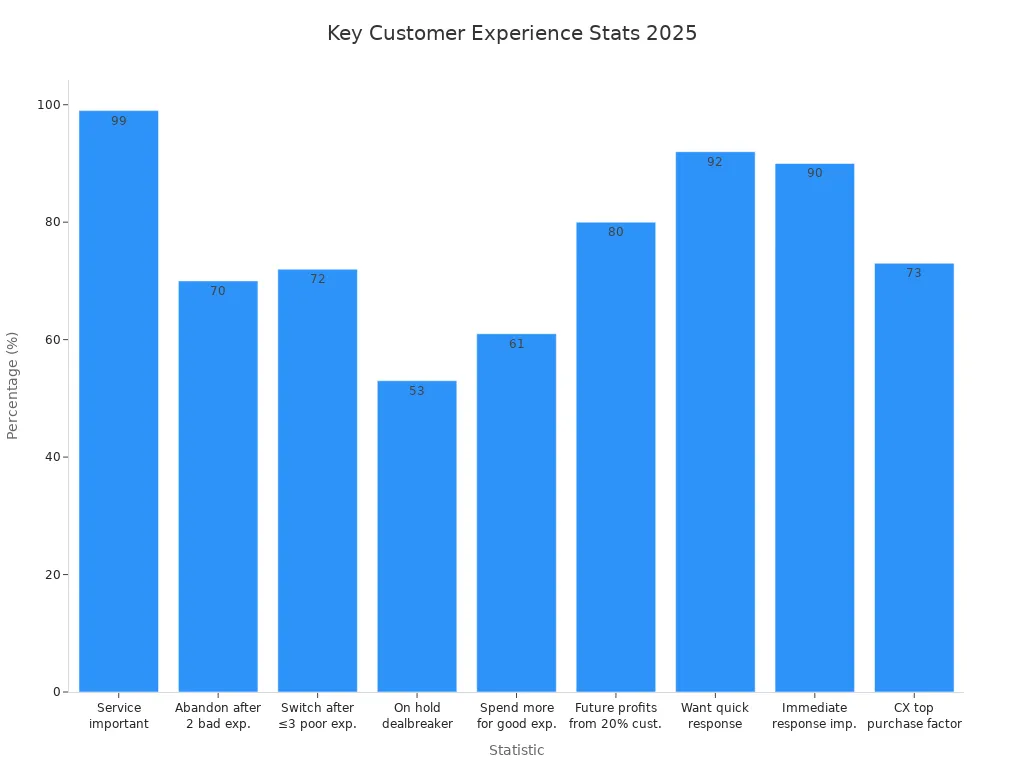
Sobot stands out as a leader in intelligent, omnichannel contact center solutions. With Sobot AI and the Sobot call center, you can transform how your team connects with every customer.
Customer Experience Management Definition
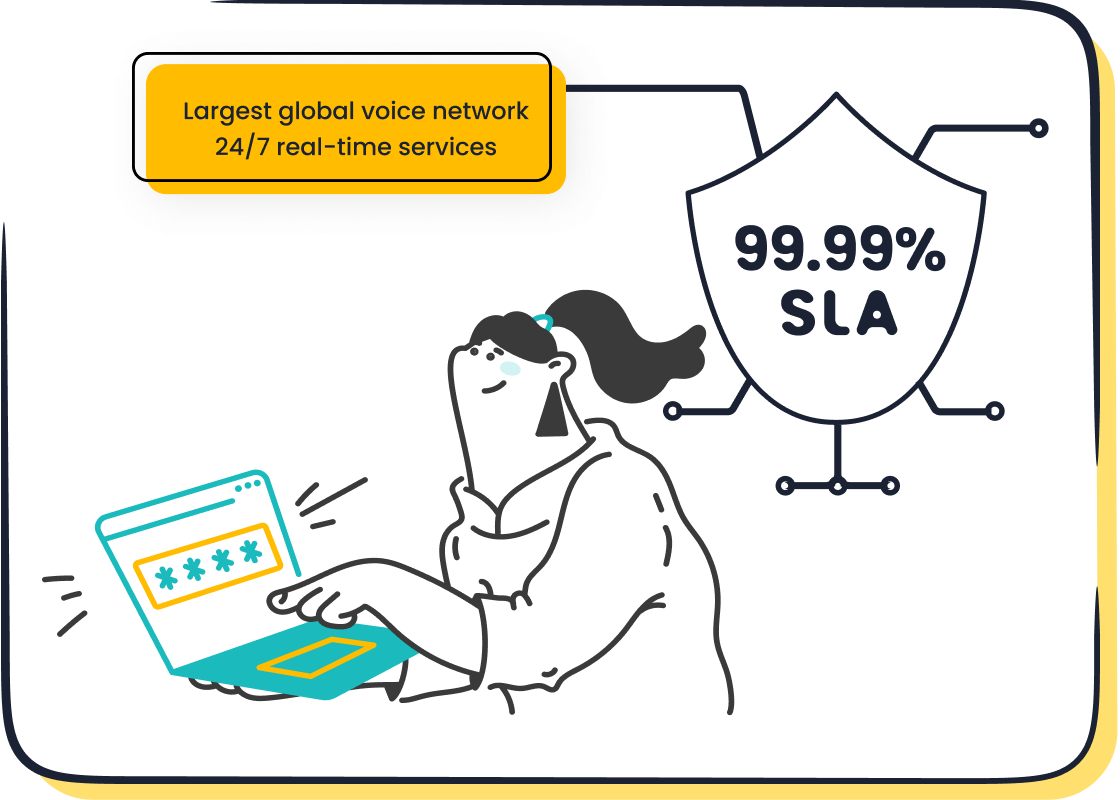
What Is CXM in 2025
You need to understand the customer experience management definition to succeed in today’s business world. In 2025, cxm means more than just handling customer service. You focus on every interaction, from the first website visit to post-purchase support. You use data and technology to track, analyze, and improve each touchpoint. This approach helps you meet customer needs and build strong relationships.
Industry experts say cxm is a key driver for business growth. You see companies using advanced technologies and data-driven insights to enhance customer experience. Artificial intelligence (AI) and machine learning (ML) help you personalize every interaction. You can offer seamless omnichannel support and proactive help. The Digital Transformation Initiative from the World Economic Forum highlights that platform-driven interactions now dominate the digital economy. You must integrate AI and ML into your customer experience management solutions to understand customer behavior, especially as social media shapes how people interact with brands.
The customer experience management definition in 2025 includes several important components:
- Customer Insights: You gather and study customer behavior and preferences.
- Customer Journey Mapping: You visualize the customer journey to find pain points and improve them.
- Employee Engagement: You empower your team to deliver better customer interactions.
- Technology and Tools: You use systems and platforms to manage customer interactions efficiently.
- Continuous Improvement: You regularly assess and enhance the customer experience.
You need to focus on these elements to create a strong cxm strategy. You can use tools like Sobot’s omnichannel contact center to unify communication and analyze customer data in real time. This helps you respond quickly and personalize your service.
Tip: When you use AI-powered solutions, you can predict customer needs and solve problems before they happen. This proactive approach increases satisfaction and loyalty.
You see that cxm is not just about solving problems. You create enjoyable and memorable experiences at every stage. You use technology to make interactions smooth and personal. You build trust and encourage customers to return.
Evolution of Customer Experience Management
You have seen customer experience management change a lot from 2020 to 2025. In the past, companies focused mainly on customer service. Now, you take a broader view. You look at every touchpoint, from product design to after-sales support. You want to make each step easy and enjoyable for your customers.
Several major changes have shaped the evolution of cxm:
- Customer experience has shifted from basic service to creating seamless and enjoyable journeys.
- Digital technologies have raised expectations for convenience and personalization.
- Competition has made customer experience a key way to stand out and build loyalty.
- Companies now use a holistic approach, considering every part of the customer journey.
- Advanced technologies like AI and ML help you understand customer needs and deliver tailored experiences.
You notice that customers expect quick responses and personalized solutions. You use data to learn what your customers want. You map their journeys to find and fix pain points. You train your employees to engage and support customers better.
You also see that technology plays a big role. You use platforms like Sobot to manage calls, chats, and messages in one place. You analyze data to improve your service. You automate tasks to save time and reduce errors.
Here is a simple table showing how cxm has evolved:
| Year | Focus Area | Key Change |
|---|---|---|
| 2020 | Customer Service | Reactive support |
| 2023 | Digital Convenience | Multi-channel engagement |
| 2025 | Holistic Experience | AI-driven personalization, omnichannel, proactive support |
You need to keep improving your customer experience management definition as technology and customer expectations change. You must stay flexible and open to new ideas. You can use AI, data analytics, and unified platforms to deliver better experiences.
Note: Companies that invest in cxm see higher customer satisfaction, better retention, and stronger growth. You can achieve these results by focusing on every detail of the customer journey.
You shape your business success by understanding and applying the latest customer experience management definition. You use technology, data, and employee engagement to create memorable experiences. You build loyalty and stand out in a crowded market.
Customer Experience Components
Modern customer experience management relies on several key customer experience components. You need to understand these elements to deliver outstanding cxm in 2025. The table below shows the essential elements and their impact on business outcomes:
| Essential Element | Key Point | Impact |
|---|---|---|
| Leveraging Predictive Analytics | Anticipates customer needs for proactive engagement. | 20% reduction in churn and 25% increase in customer lifetime value. |
| Implementing Real-Time Feedback Mechanisms | Understands customer sentiment for immediate adjustments. | 30% improvement in customer satisfaction scores and 20% increase in retention rates. |
| Enhancing Omnichannel Consistency | Provides a consistent experience across all channels. | 20% higher customer satisfaction rate and 15% increase in customer loyalty. |
| Utilizing AI-Powered Chatbots | Offers efficient, 24/7 customer support. | 40% reduction in customer service costs and 25% improvement in response times. |
| Focusing on Personalization | Creates relevant and engaging experiences. | 80% of consumers more likely to purchase with personalized experiences. |
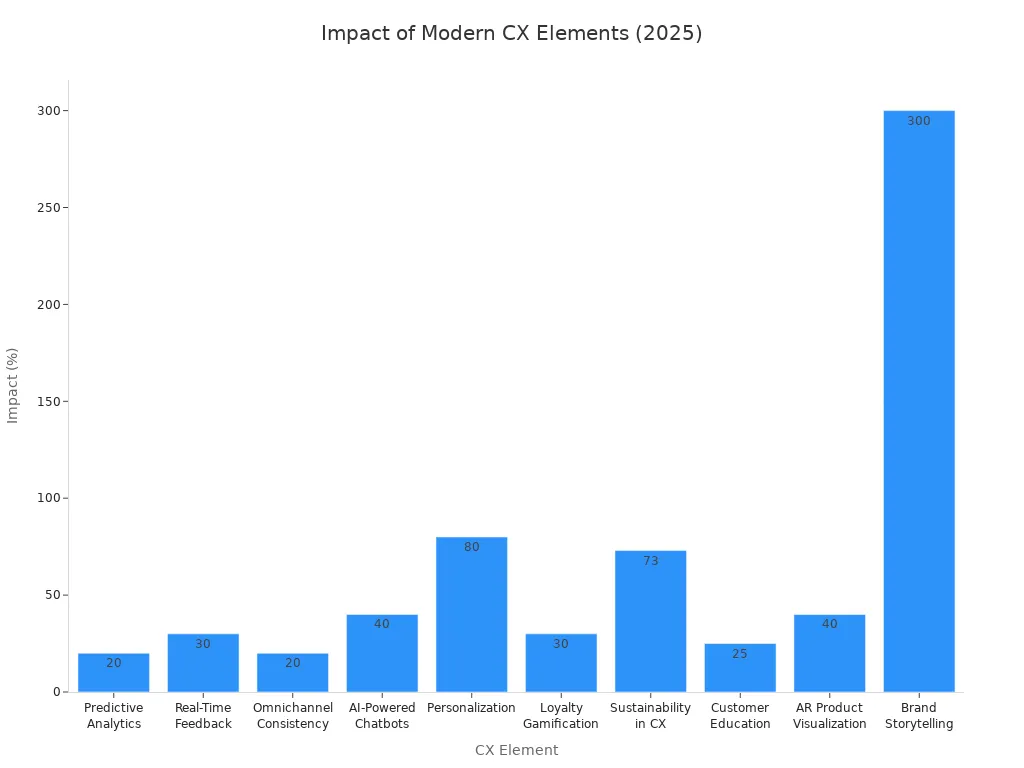
Customer Journey Mapping
You start by mapping the customer journey. This process helps you see every step your customers take, from first contact to post-purchase support. When you use best practices, you connect all interactions and outcomes. You combine behavioral data with feedback to spot gaps and improve each journey. You can lift conversion rates at every stage and grow retention by tracking early behaviors. Sobot’s unified workspace and ticketing system help you align your teams and keep everyone focused on the same goals.
Omnichannel Engagement with Sobot
Omnichannel engagement is a core part of cxm. Sobot’s solutions let you manage customer engagement across voice, live chat, WhatsApp, and more. You use AI-powered chatbots and voicebots to provide 24/7 support. Real-time analytics predict customer needs, improving satisfaction by 30%. Samsung used Sobot’s omnichannel platform and saw a 30% increase in agent efficiency and a 97% customer satisfaction score. You can expect faster issue resolution, reduced costs, and valuable insights when you unify your channels.
As Sobot experts say, "Generative AI in customer experience by 2025 will drive hyper-personalization, proactive engagement, and smarter virtual agents."
Personalization and Data Analysis
Personalization is vital for cxm. You use AI and real-time data analysis to create personalized experiences for every customer. Sobot’s AI agent and chatbot analyze customer data, identify patterns, and build unified profiles. This lets you offer personalized recommendations and proactive support. Businesses using these tools report higher engagement and stronger loyalty. You can use synthetic data to refine your strategies while keeping customer privacy safe.
Feedback and Metrics
You need to measure the right metrics to improve customer experience. Key metrics include Customer Satisfaction Score (CSAT), Net Promoter Score (NPS), Customer Effort Score (CES), and First Contact Resolution Rate (FCR). Sobot’s analytics tools help you track these metrics in real time. You can quickly spot pain points and make changes that boost satisfaction and loyalty. Not tracking these metrics is like baking without a timer—you need clear parameters to succeed.
Business Impact of Customer Experience
Loyalty and Retention
You shape your business future by focusing on customer experience management. When you deliver excellent customer experience, you build loyalty and increase retention. Customers remember how you treat them. If you provide personalized service and quick responses, they come back again and again. You see that 96% of consumers say customer service is important for brand loyalty. Even a 1% rise in customer satisfaction boosts retention rates by 5%. If you make one mistake, 61% of consumers may switch to a competitor. You need to listen to customer feedback and act on it. When you do, you create repeat buyers and loyal fans.
Here is a table showing how customer experience impacts loyalty and retention:
| Statistic | Impact on Customer Loyalty and Retention |
|---|---|
| 1% rise in customer satisfaction | Boosts retention rates by 5% |
| 61% of consumers | Would switch to a competitor after just one poor experience |
| 96% of consumers | Say customer service is important for brand loyalty |
| 60% of consumers | Likely to become repeat buyers after a personalized experience |
You see that 93% of consumers are more likely to make repeat purchases when you deliver excellent customer service. If you invest in cxm, you increase loyalty and drive growth.
Operational Efficiency with Sobot
You improve operational efficiency when you use Sobot’s solutions. Sobot helps you manage customer experience across channels like voice, chat, and WhatsApp. You respond faster and handle more inquiries with fewer resources. Michael Kors used Sobot and reduced response time by 83%. The brand reached a 95% customer satisfaction rate. Sobot’s WhatsApp API helped increase conversion rates by 20%. You use real-time analytics to track feedback and adjust your service. You automate routine tasks and free your team to focus on complex issues. When you streamline your operations, you boost satisfaction and retention.
Tip: Use Sobot’s unified workspace to collect customer feedback and monitor cxm metrics. You spot problems early and fix them before they affect loyalty.
Competitive Advantage
You gain a strong competitive advantage when you prioritize customer experience management. Every interaction is a chance to win loyalty and drive growth. Companies that focus on cxm stand out with seamless, high-quality experiences. You connect data, processes, and feedback using AI-driven insights. This lets you deliver proactive, tailored experiences that foster loyalty and fuel growth. An integrated approach helps you make smarter decisions and provide more responsive service.
Here is a table showing how cxm gives you an edge:
| Evidence Description | Reasoning |
|---|---|
| Every customer interaction is a chance to win loyalty and drive growth. | Companies that prioritize customer experience can stand out with seamless, high-quality interactions that build lasting connections. |
| This integrated approach enables smarter decisions, more responsive service, and long-term loyalty. | It emphasizes the importance of an integrated system in enhancing customer experience. |
| By connecting data, processes, and interactions with AI-driven insights, businesses can deliver proactive, tailored experiences that foster loyalty and fuel growth. | This highlights the role of AI in personalizing customer experiences, which is crucial for competitive advantage. |
You see that 80% of companies plan to invest more in customer experience, recognizing its importance for customer loyalty. When you use cxm tools and listen to customer feedback, you build lasting relationships and outperform your competitors.
Implementing Customer Experience Management
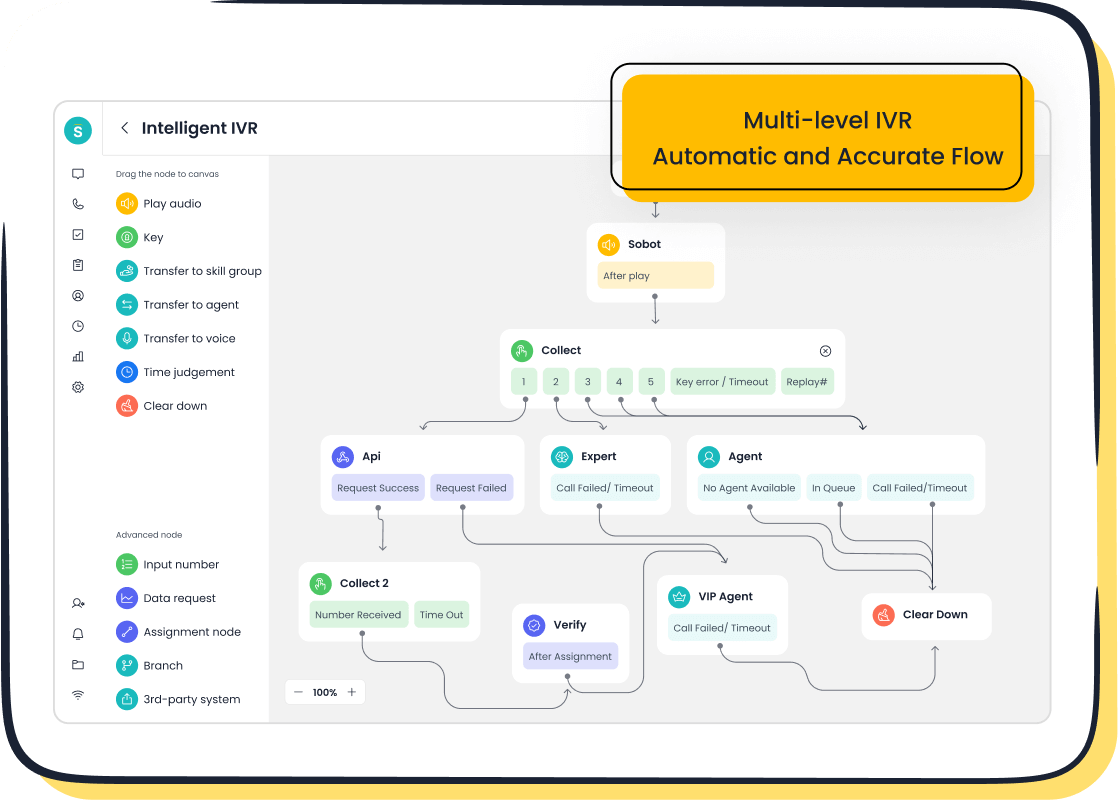
Mapping the Customer Journey
You start your customer experience management journey by mapping every step your customers take. This process helps you see where customers interact with your brand and where you can improve. To build a strong customer experience strategy, follow these customer experience best practices:
- Set clear goals for your journey map.
- Research to understand different buyer personas.
- Collaborate with teams across your company for diverse insights.
- Track each phase, from first contact to after-sales support.
- Monitor key performance indicators to measure each touchpoint.
- Review and update your journey map as products and customer needs change.
When you use these steps, you can spot gaps and create a cxm strategy that meets customer needs at every stage.
Leveraging Sobot Voice/Call Center
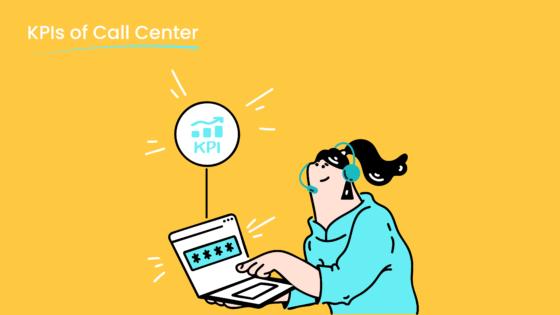
Sobot’s Voice/Call Center gives you powerful tools to enhance cxm. You can use real-time speech recognition for smooth, human-like conversations. Automated responses help you provide instant support, which reduces wait times. Data-driven insights let you adjust your customer experience strategy quickly. With 24/7 support, you never miss a chance to help a customer. Intelligent voicebots solve many issues on their own, making your team more efficient.
| Feature | Benefit |
|---|---|
| Real-time speech recognition | Seamless, human-like voice interactions for better engagement |
| Automated responses | Instant support, shorter wait times, higher satisfaction |
| Data-driven insights | Actionable data to improve your cxm strategy |
| 24/7 support | Always-on assistance, more sales opportunities |
| Intelligent voicebot | Resolves issues independently, boosts efficiency and user experience |
Samsung used Sobot’s AI-powered system and saw a 30% reduction in response times, a 25% increase in customer satisfaction scores, and a 20% drop in complaints. These results show how the right tools can transform your cxm.
Building a Customer-Centric Culture
To succeed with customer experience management, you need a culture that puts customers first. Empower your employees to focus on customer outcomes. Offer training so your team can adapt to changing customer needs. Leaders should model customer-focused behaviors and celebrate wins. Align your vision and values with customer experience goals. Build skills and resilience to support ongoing change.
| Key Practice | Description |
|---|---|
| Empowerment | Employees focus on customer outcomes, not just processes. |
| Training | Teams learn to meet evolving customer needs. |
| Leadership Commitment | Leaders set the example for customer-centric actions. |
| End-to-End Change Management | Align vision, values, and people for customer experience goals. |
| Change Leadership | Leaders guide teams through transformation. |
| Change Capability Uplift | Build skills and resilience for ongoing improvement. |
You can also encourage leaders to engage directly with customers and celebrate customer-focused actions. Make decisions that always consider customer impact and invest in understanding customer needs.
Measuring Success
You measure the success of your cxm strategy by tracking key metrics. Use Net Promoter Score (NPS) to see how likely customers are to recommend you. Customer Satisfaction Score (CSAT) tells you how happy customers are with each interaction. Customer Effort Score (CES) shows how easy it is for customers to get help. Average Resolution Time measures how quickly you solve problems.
| Metric | Description |
|---|---|
| NPS | Measures loyalty and advocacy among customers |
| CSAT | Tracks satisfaction with specific interactions |
| CES | Assesses the ease of the customer experience |
| Average Resolution Time | Shows service efficiency and overall satisfaction |
Most business leaders agree that customer experience links directly to business results. Over half of cxm leaders report a strong return on investment from their efforts. Companies that treat cxm as a business driver, not just a cost, see the best results. When you use Sobot’s tools and follow customer experience best practices, you can achieve measurable improvements in satisfaction, loyalty, and efficiency.
You now see that cxm in 2025 means using customer experience insights, journey mapping, employee engagement, and advanced tools to shape every interaction.
- You gain value by focusing on customer experience, which drives business growth and satisfaction.
- Sobot helps you connect channels, personalize service, and use AI for better cxm.
| Strategy Type | Description |
|---|---|
| Omnichannel AI | Connects customers across platforms for seamless customer experience. |
| Generative AI | Improves interaction quality and personalization in cxm. |
Stay ready for new trends like virtual reality shopping and adaptive AI. Keep updating your cxm strategy to deliver the best customer experience.
FAQ
What is customer experience management (CXM) in 2025?
You manage every customer interaction using data and technology. CXM means you track, analyze, and improve each touchpoint. You use insights from feedback and behavior to create better experiences. This approach helps you build loyalty and drive business growth.
How does Sobot help improve customer experience?
You use Sobot’s omnichannel contact center to unify calls, chats, and messages. Sobot’s AI tools give you real-time insights into customer needs. You respond faster and personalize service. These features help you increase satisfaction and efficiency.
Why is mapping the customer journey important?
You map the customer journey to see every step your customers take. This process gives you insights into pain points and opportunities. You use this information to improve each stage, making the experience smoother and more enjoyable.
What metrics should you track for CXM success?
You track metrics like Net Promoter Score (NPS), Customer Satisfaction Score (CSAT), and Customer Effort Score (CES). These metrics give you insights into customer happiness and loyalty. You use the data to adjust your strategy and improve results.
Can AI-powered tools predict customer needs?
You use AI-powered tools to analyze customer data and predict future needs. These insights help you offer proactive support and personalized recommendations. You solve problems before they happen, which increases satisfaction and retention.
See Also
Discovering Leading Cloud Contact Centers for 2025
Best Customer Feedback Software Options for 2024
Ten Essential Steps for Omnichannel Contact Center Setup
